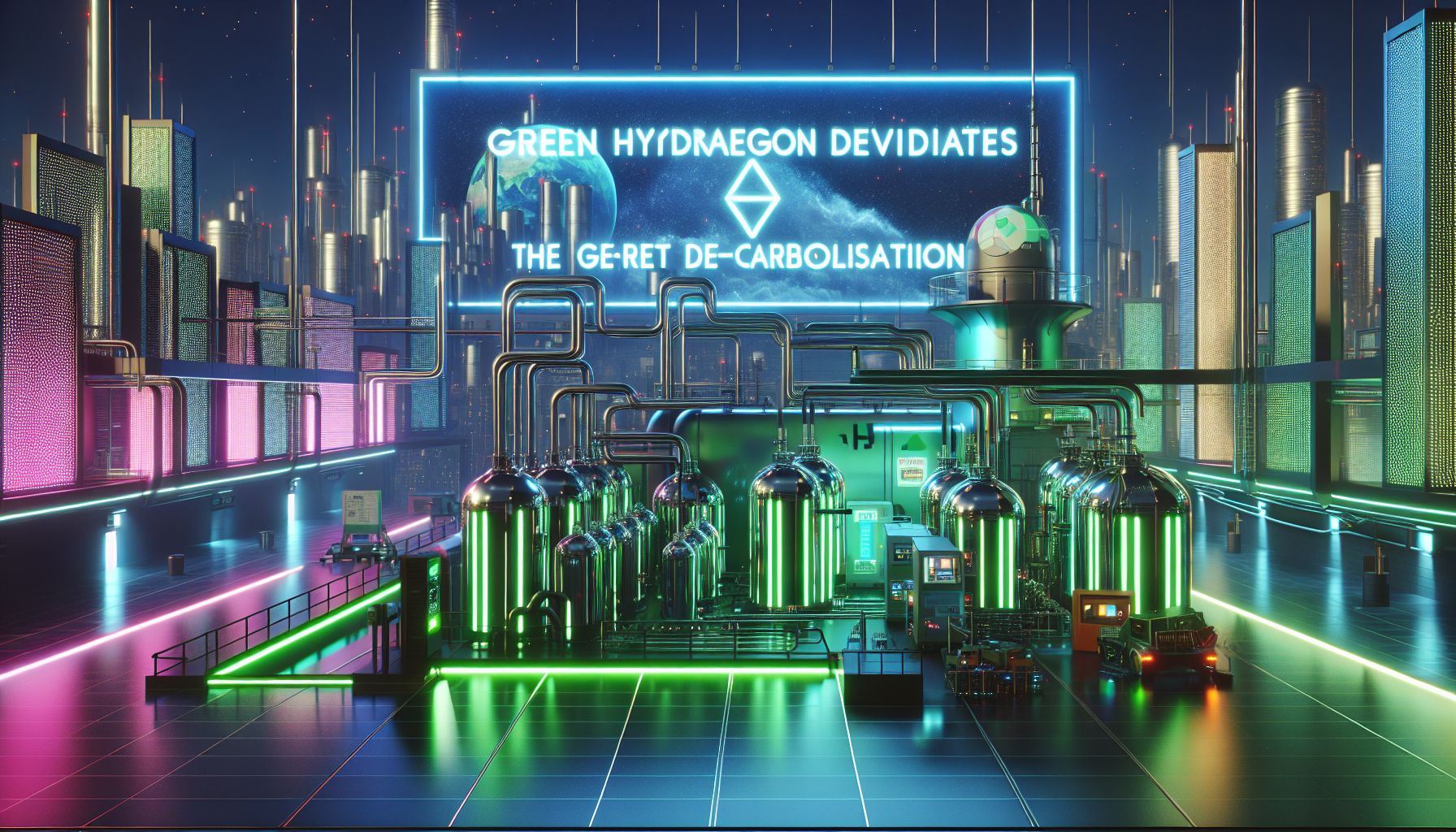Green Hydrogen Derivatives: The Secret Weapon in Global Decarbonisation

London, Tuesday, 16 September 2025.
Green hydrogen is now more than just a fuel. Its conversion into derivatives like e-ammonia offers fresh hope for cutting emissions and achieving climate goals. Ready to dive into the future?
Green Hydrogen’s New Role
The transformation of green hydrogen into derivatives like e-ammonia, e-methanol, and e-kerosene is reshaping decarbonisation efforts globally. These derivatives offer substantial environmental benefits and promise to revolutionise industries by providing cleaner alternatives to fossil fuels. For instance, e-ammonia, produced by combining green hydrogen with nitrogen from the atmosphere, has potential as a green fuel for shipping and as a component for fertilisers [1].
E-methanol and E-kerosene
E-methanol, created from hydrogen and CO₂, offers significant storage advantages since it does not require cooling or pressure storage. Meanwhile, e-kerosene is considered ‘drop-in ready’ for the aviation industry, as it can be blended directly with traditional jet fuels [1]. The use of CO₂ in these processes not only provides a cleaner alternative but also addresses growing environmental concerns and the demand for sustainable fuels [1].
European Union’s Regulatory Push
The European Union is stepping up its game by implementing regulations that gradually require the use of biogenic CO₂ in fuel production. This move is driving interest and demand for green hydrogen derivatives as industries look to comply with these new standards [1]. Denmark, for example, is well-positioned to supply biogenic CO₂, thanks to its extensive biogas production capabilities [1].
Morocco’s Ambitious Plans
Morocco has announced an ambitious $35.15 billion investment in green hydrogen projects under its Offre Maroc initiative, aiming to supply up to 4% of the global demand by 2030. This includes collaborations with international consortia and efforts to increase the country’s renewable energy share to 52% by the same year. Despite market uncertainties, Morocco remains committed to developing the necessary infrastructure for this green hydrogen economy [4].
India’s Green Hydrogen Mission
India is also making strides with its National Green Hydrogen Mission, which invites start-ups to pioneer innovative green hydrogen projects. With a funding allocation of ₹19,744 crore, the mission supports projects focusing on decentralised production and applications of green hydrogen, such as replacing fossil fuels in various sectors [7].
Maritime Decarbonisation Efforts
In the maritime industry, the recent partnership between Lloyd’s Register and H2C aims to accelerate the transition to clean fuels like green hydrogen derivatives. By providing assurance on emissions claims and offering Green Premium Certificates, this collaboration seeks to reduce the financial barriers to adopting green fuels in shipping [3][6].